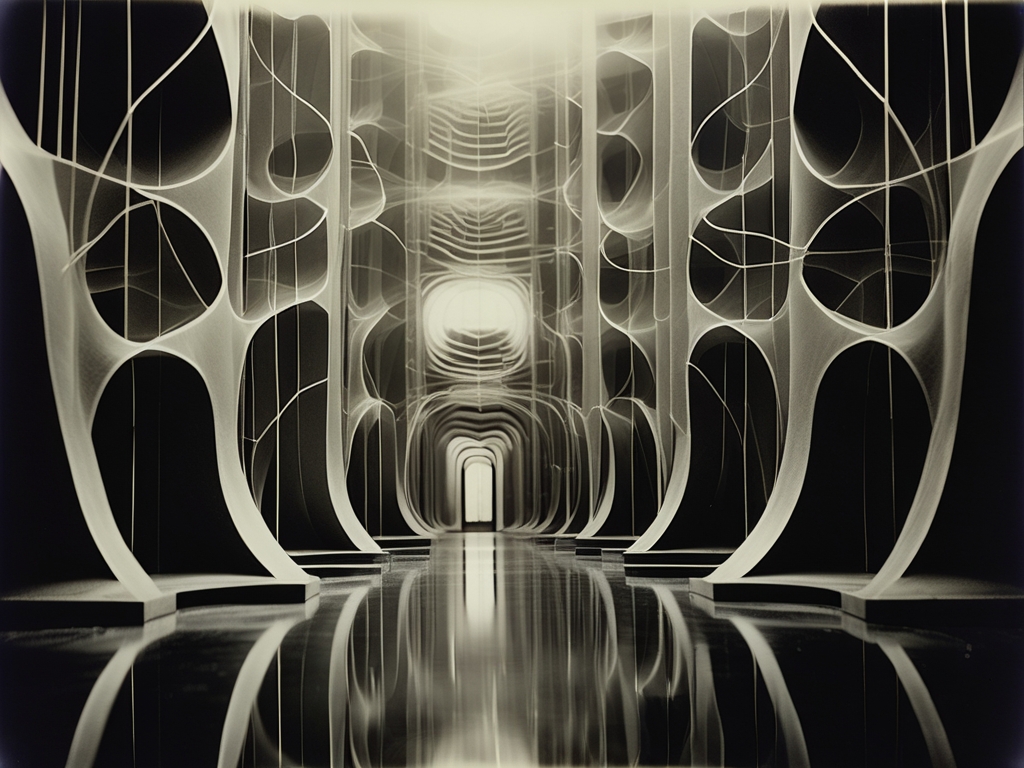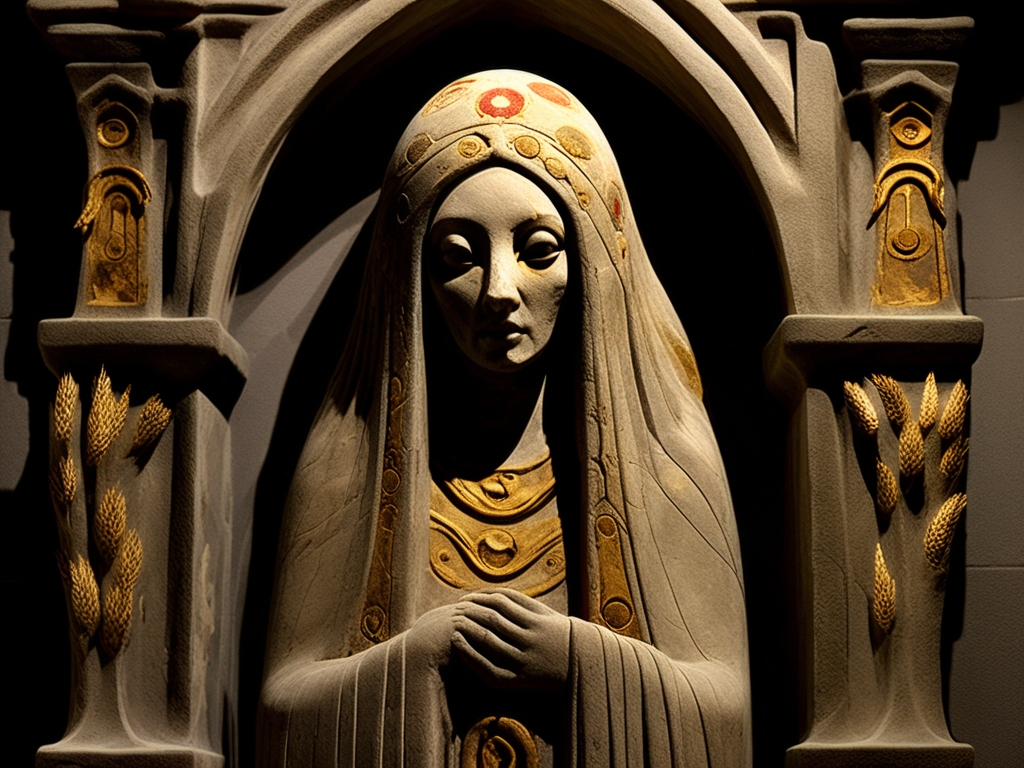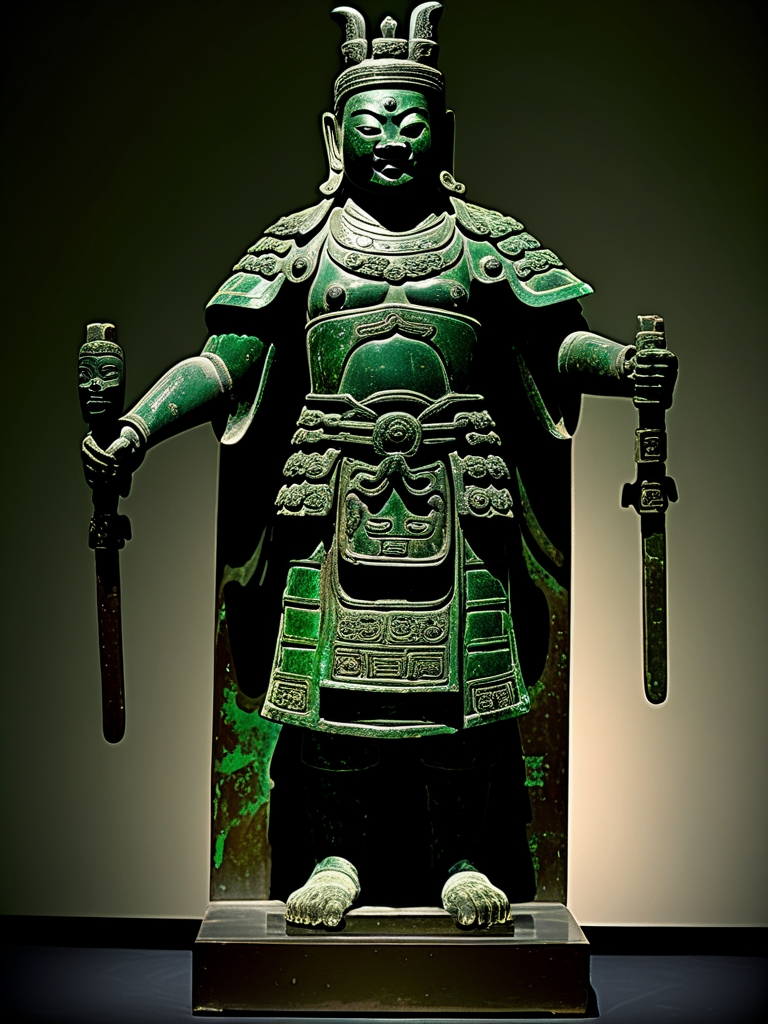Our Lady Underneath
It took the Ravensfield family two generations to find this elusive Romanesque statuette, after it had been out of sight for over a thousand years. The uncanny religious idol hints at the existence of one of history's most mysterious cults—the Order of the Abyssal Mother.
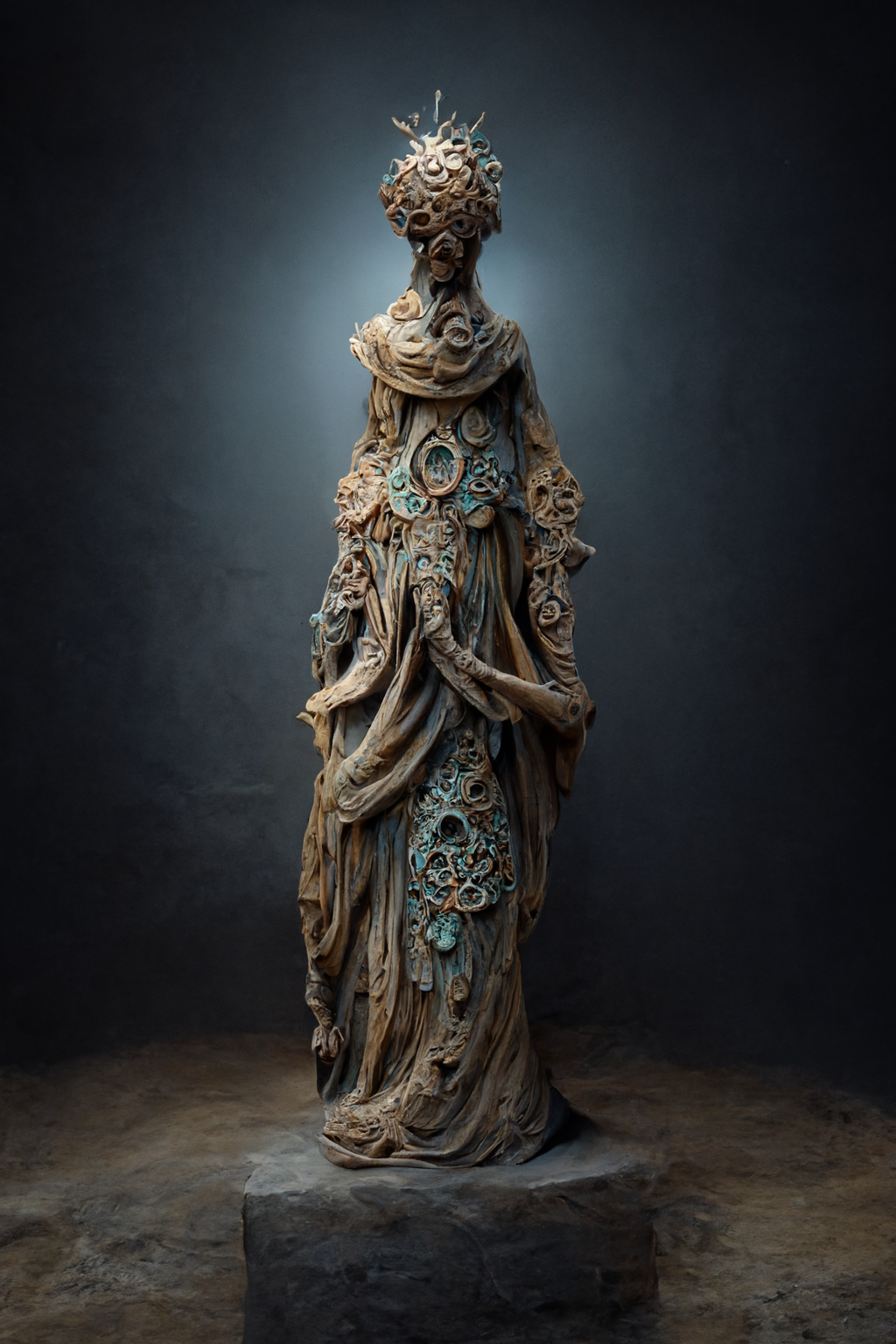
H.C. Ravensfield became an avid medievalist during his later years, adding iconic pieces to the collection that ranged between the 9th to the 15th centuries, such as The Three Realms Tapestry.
His son Oswald inherited this passion, along with a keen interest in obscure European religious and mystical orders from the Middle Ages. It was Oswald Ravensfield—in collaboration with theologian Fr. Domenico Barlowe—who discovered a reference to the Abyssal Mother in the unfinished codex of the Carthusian monk Kosmas de Conques.
De Conques wrote about a secret and fervent cult that worshipped the Abyssal Mother or Mother of the Abyss, described as "a pagan goddess of chaos that mocks our Lady in Heaven". He also attributed several historical catastrophes to the goddess' influence, such as the sinking of Atlantis.
The Carthusian wrote to pope Alexander II, warning him about the immense influence the Order of the Abyssal Mother had gained within the Byzantine Empire and its imminent spread all throughout Europe. Finding no evidence that supported this claim and swayed by the general opinion that questioned the monk's sanity, pope Alexander dismissed the message, confiscated Kosmas' codex, and considered the matter closed.
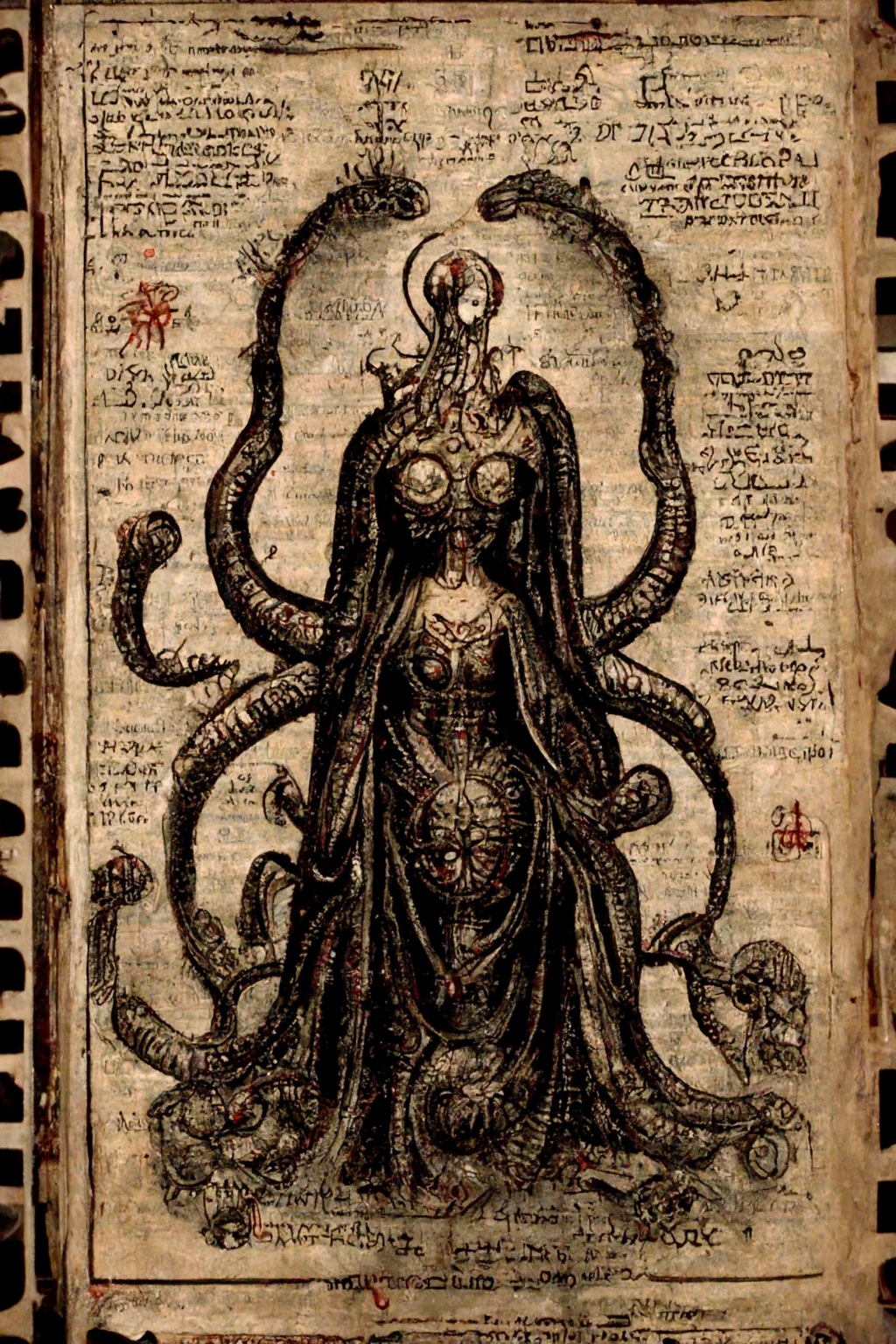
The codex page above represented the only surviving iconography of the Abyssal Mother until the discovery of the sunken Azurite Temple off the coast of Cyprus in 1949. Among the treasure trove, archeologists discovered a religious statuette they failed to identify, but Oswald Ravensfield instantly recognized from his studies. He flew to Nicosia in 1952, determined to bring the statuette back with him, no matter the cost.
I'd never seen my husband so troubled by a piece of artwork as when he saw the Abyssal Mother in the newspaper. I begged him to let that awful statuette go. Even its photograph made my skin crawl. But he assured me it was his family's responsibility to keep it safe. I didn't argue. When you marry a Ravensfield, you quickly learn the Collection always comes first.
-Vera Ravensfield, interview for Bright Minds Magazine, 1957
There are receipts that document Mr. Ravensfield's successful purchase of the piece in October 1952. Unfortunately, both he and the statuette disappeared shortly after. Interpol suspected an international gang that operated in art theft, forgery, and black market reselling, but they found no concrete proof that tied the criminals to Oswald Ravensfield's vanishing.
This tragic event shaped the future of his daughter Marian, and it would be her who crossed paths with the Abyssal Mother years later. During the 1960s, Marian Ravensfield became an FBI consultant for their art theft department, following an unfulfilled wish to learn what truly happened to her father.
In 1964, the FBI raided the home of Guru Blu Chandresh (born Billy Bob Smith), following several charges of racketeering. Many black market art pieces from this operation landed on Marian Ravensfield's desk—including the Abyssal Mother. After talking to her superiors, they agreed for the statuette to be under the Ravensfield's protection.
Sadly, after five different robbery attempts (the most recent in 2005), the Abyssal Mother is no longer on public display.

